Palmarosa Cymbopogon martinii var. motia. This relative of lemongrass is a very attractive and

Acheter Palmarosa Cymbopogon martinii var. motia 30 ml
Cymbopogon martini (Gramineae) is very important medicinal and aromatic plant and is rich in essential oils. Essential oils derived from Palmarosa have been reported to exhibit exceptionally good.

Palmarosa Organic Essential Oil (Cymbopogon Martinii VAR Motia) 100 Pure and Natural 5 ML
Essential Oil Profiles of Different Parts of Palmarosa (Cymbopogon martinii (Roxb.) Wats. var. motia Burk.) B. R. Rajeswara Rao Central Institute of Medicinal and Aromatic Plants Resource Centre , Boduppal, Uppal (PO), Hyderabad, 500039, India

Cymbopogon martinii hires stock photography and images Alamy
Cymbopogon martinii var. motia, Thymus vulgaris QT Linanol, Thymus satureioides, Mentha piperita and Eugenia caryophyllus are used traditionally as food additives [14-16]. These properties have been attributed to EOs contained in the species, as well as the presence of non-volatile compounds including polyphenols and flavonoid [11].

Propriétés huile essentielle Palmarosa / Cymbopogon martinii var motia Myrtéa Formations
Biochemical characteristics of a novel vegetative tissue geraniol acetyltransferase from a monoterpene oil grass (Palmarosa, Cymbopogon martinii var. Motia) leaf Plant Sci . 2013 Apr:203-204:63-73. doi: 10.1016/j.plantsci.2012.12.013.
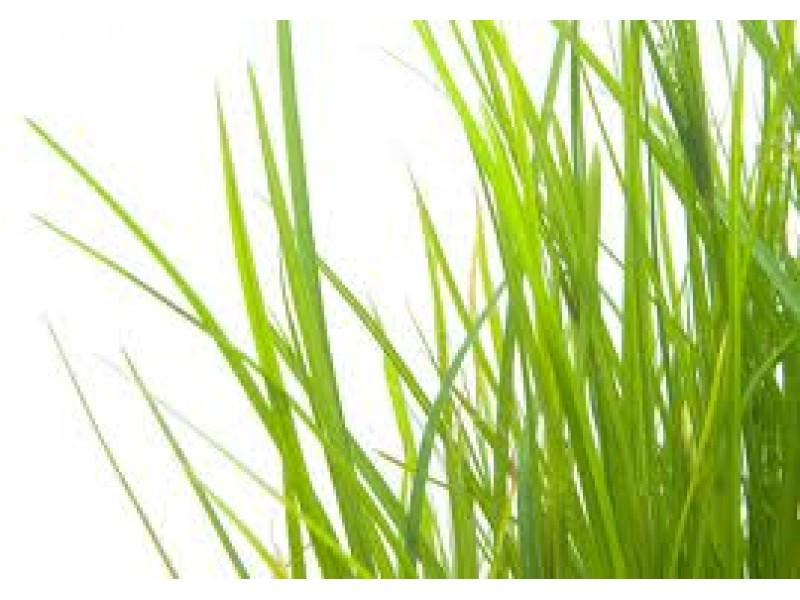
Palmarosa Cymbopogon martinii Stapf.
Palmarosa ( Cymbopogon martinii) has high value essential oils in their leaves and inflorescence, and geraniol is the major constituent (75-90 %) of the oil. The essential oil of palmarosa is a valuable commodity and is used for perfumery, cosmetics, soap, flavouring and pharmaceutical industries (Kakaraparthi et al., 2015).
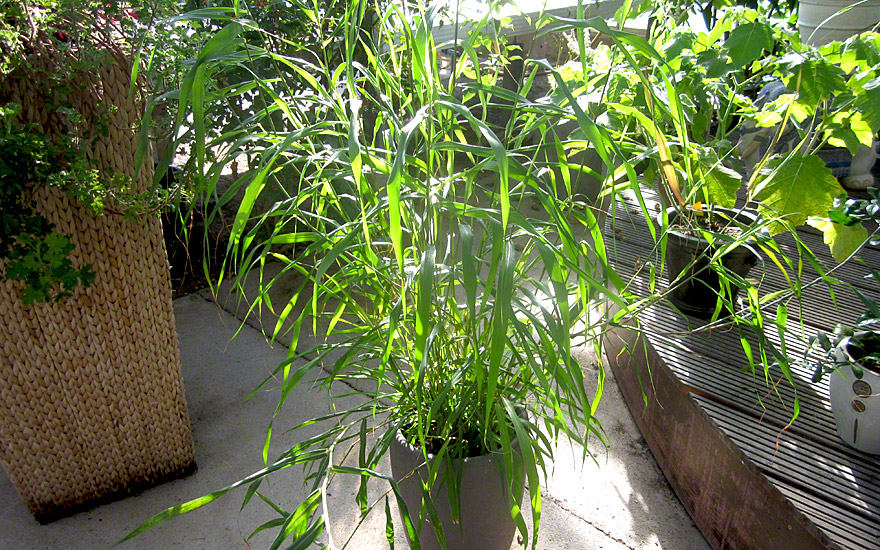
Palmarosa (Saatgut) Cymbopogon martinii var. motia Gräser Würzkräuter Rühlemann's
Steady cultivar selection for the production of essential oil of palmarosa (Cymbopogon martinii [Roxb.] Wats. var. motia Burk.) in the semi-arid tropical Deccan plateau region of southern India - ScienceDirect Available online 12 October 2023 In Press, Corrected Proof What's this?

Palmarosa Cymbopogon Martinii var. Motia Essentiële Olie Pranarôm 10 ml kopen Gezondheid aan
Cymbopogon Response of palmarosa [Cymbopogon martinii (Roxb.) Wats. var. motia Burk] to plant spacings and nitrogen fertilizer application. Authors: B.R. Rajeswara Rao Central Institute.
Cymbopogon martini efloraofindia
W. Watson] is an economically crucial aromatic grass species commercially cultivated for its essential oil. The essential oil has high demand in cosmetics, tobacco products, and perfumery industries. The present study investigates the inflorescence development of palmarosa into ten distinct stages.

Palmarosa, Hydrolat (Cymbopogon martinii var. Motia) Aroma Centre Option 100ml
Botanical details Family Poaceae Native to the UK No Potentially harmful Genus Cymbopogon Genus description Cymbopogon are sturdy, aromatic, tufted, evergreen, perennial grasses with linear to lance-shaped, mid- to bluish-green leaves and many-branched flower sprays. They contain essential oils that have medicinal, culinary and cosmetic uses
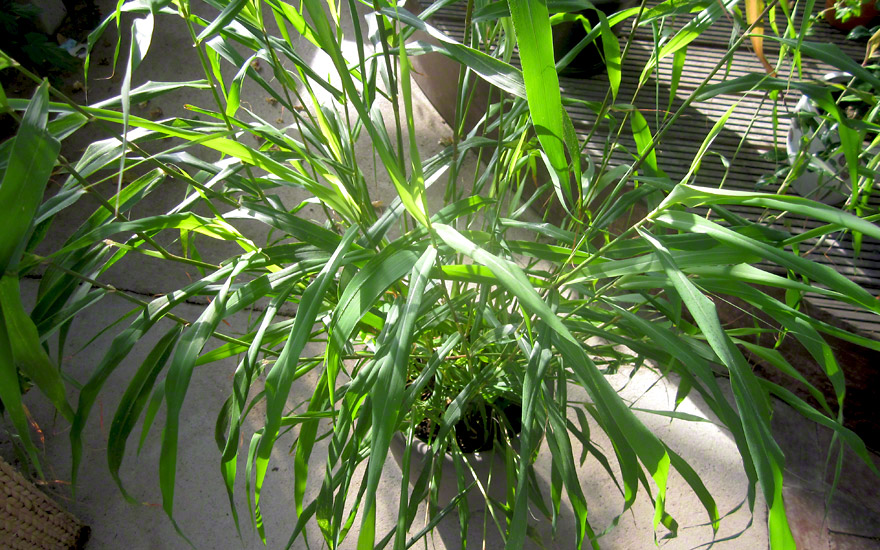
Palmarosa (Saatgut) Cymbopogon martinii var. motia Gräser Würzkräuter Rühlemann's
Cymbopogon martinii is a species of grass in the genus Cymbopogon (lemongrasses) native to India and Indochina but widely cultivated in many places for its aromatic oil. [3] [4] It is best known by the common name palmarosa ( palm rose) as it smells sweet and rose-like.
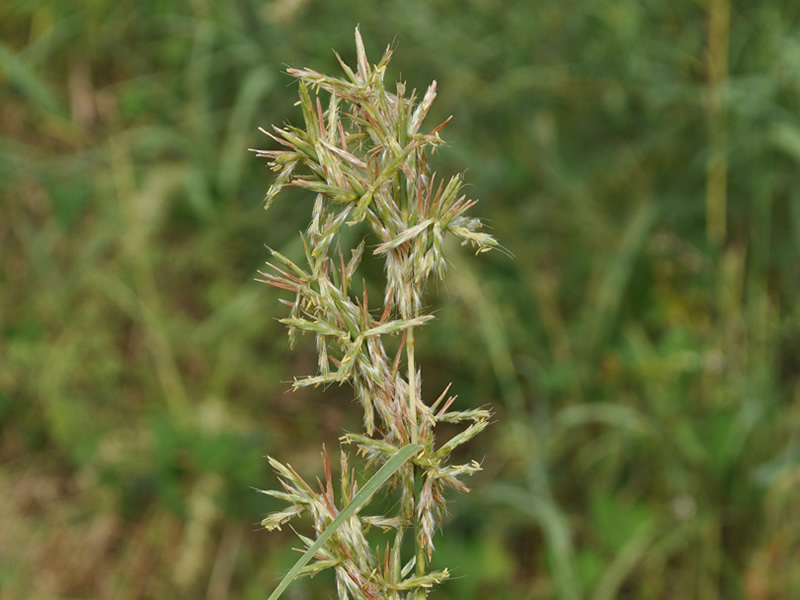
Cymbopogn Martini grass at Rajaji National Park RAJAJI NATIONAL PARK
Palmarosa is native to India and a species of grass in the lemon grass genus. It received the name palmarosa because of the sweet-smelling floral rose aroma it gives off. Palmarosa can grow up to 1.3-3m in height, has a pale green colour, strong slender stems, terminal flowering tops and fragrant grassy leaves. It needs full sun, a soil pH of 7 and sufficient phosphorus and potassium. Like.

Palmarosa (Cymbopogon martinii var. motia) Ladrôme 10 ml
Palmarosa { Cymbopogon martinii (Roxb.) Wats. var. motia Burk., family: Poaceae } is an industrially important, multi-harvest, aromatic crop. The essential oil, isolated from the flowering shoot biomass through steam distillation has rose-like odour, finds extensive application in perfumery, cosmetic, flavouring and aromatherapy industries.

Palmarosa Essential Oil, Motia Rosha Oil, Gingergrass Oil, Rosha Grass Oil, Cymbopogon Martinii
Cymbopogon martinii (Roxb.) var. motia belongs to the family poaceae and is commonly called as palmorosa. The steam distillation of the aerial parts of this genus, i.e., inflorescence (flowering top) provides rose scented essential oil.

Palmarosa essential oil (cymbopogon martini var motia) Essential Oils and Soap
Changes in leaf biomass yield, essential oil yield, and chemical composition were investigated during leaf ontogeny of palmarosa {Cymbopogon martinii (Roxb.)Wats. var. motia Burk., family Poaceae}. Eleven leaves representing different developmental stages, serially numbered from the apex to the base of the plant were utilized for the study.
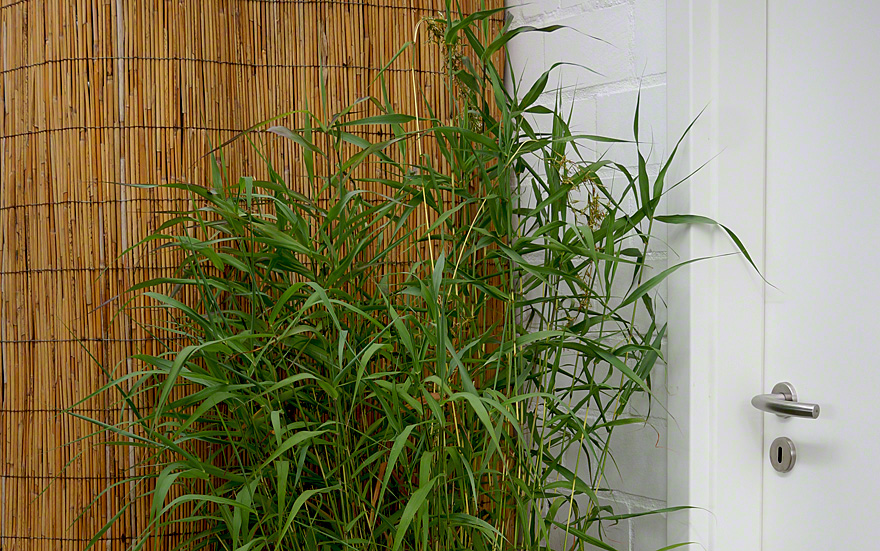
Palmarosa (Pflanze) Cymbopogon martinii var. motia Gräser Würzkräuter Rühlemann's
Palmarosa (Cymbopogon martinii var. motia) is an important essential oil-bearing plant that is used worldwide in the soap, perfumery and cosmetic industries. It is a highly cross-pollinated crop and can be propagated sexually through seeds or clonally by slips. The main objective of the present investigation is to collect populations of palmarosa from different parts of India, to analyse the.

(Italiano) Cymbopogon martini Sistematica, Etimologia, Habitat, Coltivazione
A method was developed to recover the dissolved essential oil from condensate water. Palmarosa (Cymbopogon martinii (Roxb.) Wats. var. motia Burk., family: Poaceae), an important aromatic grass.